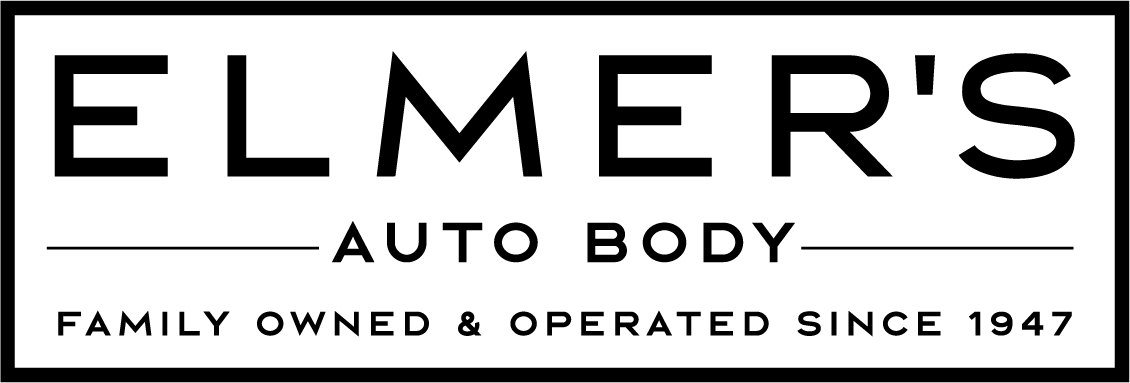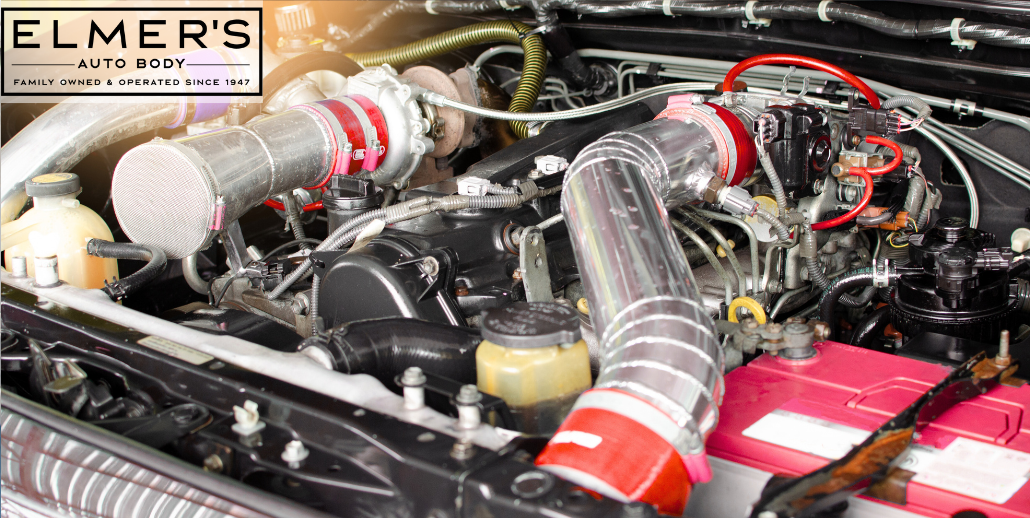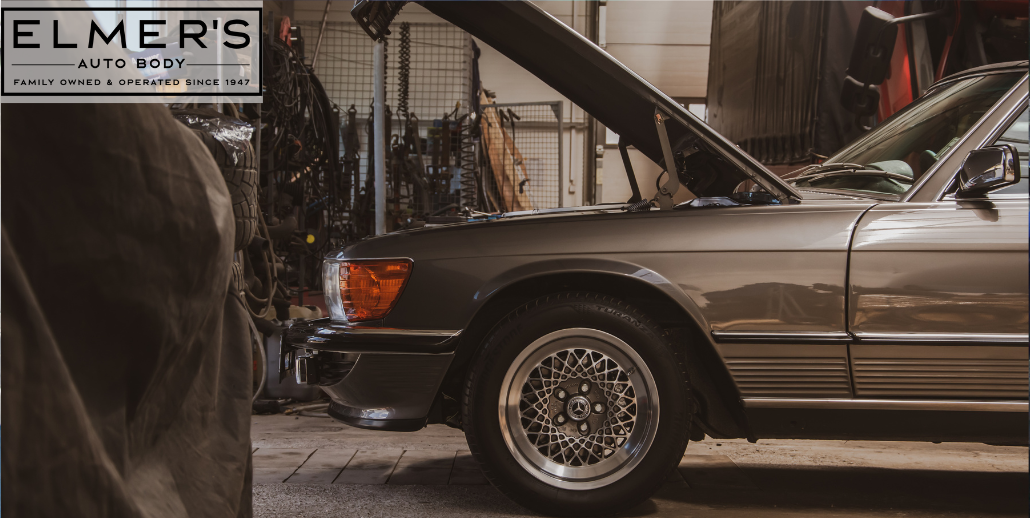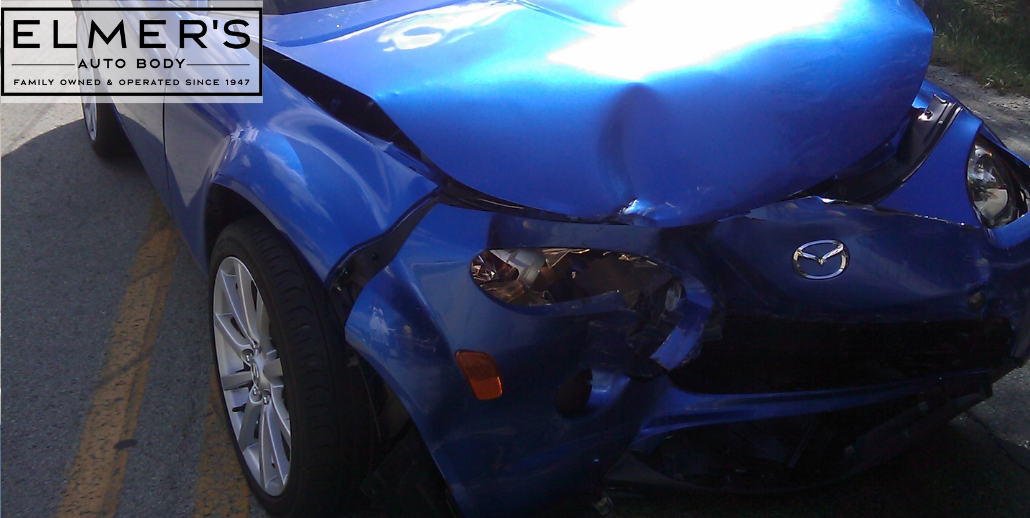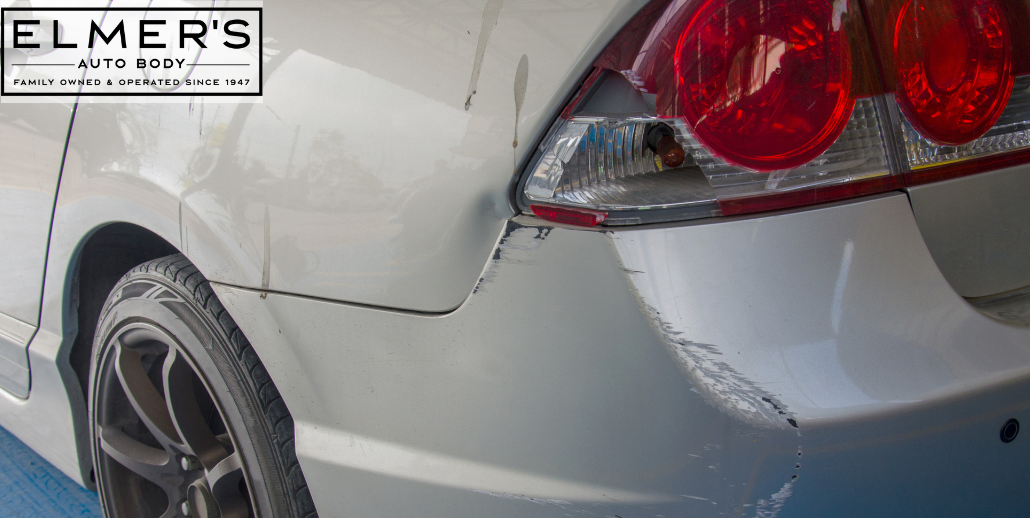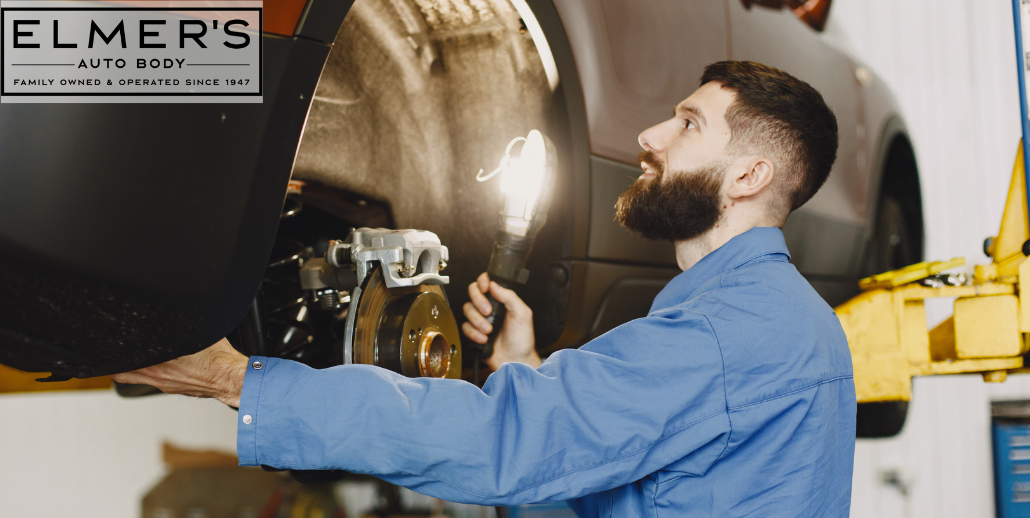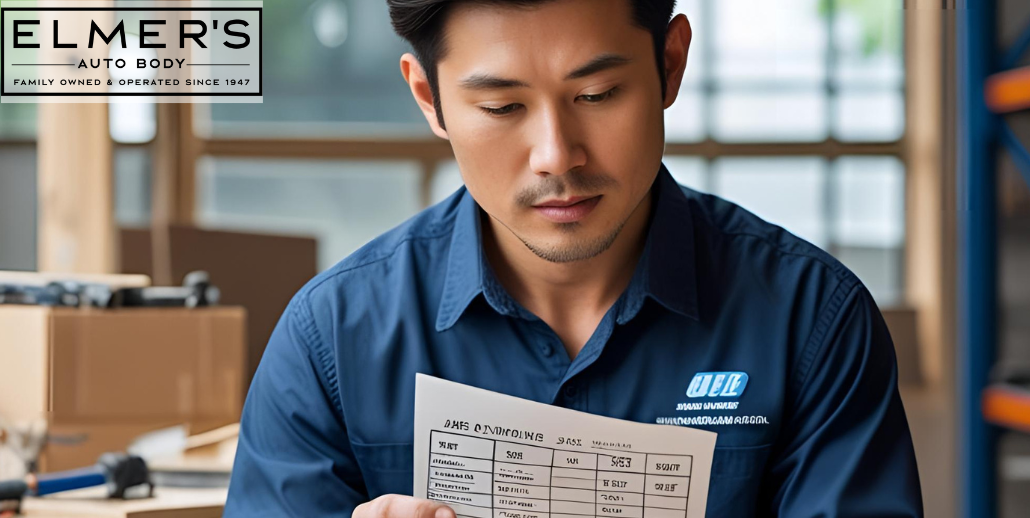Not every replacement part is made equally. That may sound like an exaggeration, but it’s the truth. Insurance companies attempt to save money on repairing your vehicle by authorizing aftermarket or used parts and safety components. Unfortunately, those savings can also come at a cost to your safety. It’s not worth the risk. Critical components, like your airbags and ADAS sensors, shouldn’t come secondhand. That’s why you need to request OEM safety components when getting your vehicle repaired.
Let’s take a look at OEM safety components, why they are important, and what your rights are when dealing with your insurance company.
Key Takeaways
- OEM safety components are made by your vehicle’s manufacturer to meet crash-tested standards.
- Aftermarket or recycled parts may not provide the same fit, strength, or protection.
- New Jersey drivers have the right to request OEM parts in repairs, especially for safety systems.
- Insurance companies may default to cheaper alternatives, but you can challenge their estimate.
- Elmer’s Auto Body ensures repairs meet OEM standards for safety, structure, and performance.
What Are OEM Safety Components?
OEM means “Original Equipment Manufacturer,” which refers to parts made by the manufacturer that made your vehicle. So if you have Toyota, you get OEM parts from Toyota. OEM parts are designed to match your vehicle’s specifications. Not only do they fit better, but they perform just as the manufacturer intended, meaning there’s no risk of a negative impact to performance or safety.
Examples of OEM safety components include:
- Airbags and crash sensors
- Seatbelts
- ADAS sensors, including collision warning, adaptive cruise control, and lane assist
- Steering and suspension components
- Structural frame reinforcements
- Crumple zones
In modern vehicles, these safety systems are designed to be all-encompassing. If one part isn’t performing as it should, the entire system is slowed down. Your car may react differently, or certain safety systems may not deploy accurately, should something other than OEM safety components be used.
Why Do OEM Safety Components Matter?
Aftermarket safety components may not seem like a big deal. However, in order to function properly, vehicles today need every piece calibrated properly. Minor variations in the fit of one piece could throw off how the entire vehicle behaves.
OEM safety components ensure:
- Proper fit and function. OEM parts are designed by the manufacturer to fit the exact dimensions of your vehicle.
- Crash-tested reliability. OEM parts are tested within the vehicle to ensure everything functions as it should. Aftermarket pieces are not.
- Consistent sensor alignment. ADAS and electronic safety components need to be installed and calibrated to exacting standards. Without that, the systems may not work.
- Full restoration of crash protection. Your vehicle is returned to pre-accident condition when OEM parts are installed.
Aftermarket parts may be cheaper, but they don’t always meet certain standards. Some parts may also rust faster or be ill-fitting, causing gaps that compromise your vehicle’s safety.
Can You Request OEM Safety Components From Your Insurance?
Yes, you can and should.
Here’s the thing, you have a right to request OEM parts as a New Jersey resident. For safety systems, OEM parts are vital to a correct repair. However, many insurance companies will write estimates using cheaper aftermarket or LKQ—like kind and quality—parts to save money on their end.
You don’t have to accept that. If you want OEM safety components for your auto repair, do the following:
- Notify your repair shop that you want OEM safety components installed.
- Ask your insurer to amend the repair estimate to reflect OEM parts.
- Request documentation showing the safety standards of any proposed aftermarket parts.
- Choose your repair shop—you’re not required to use the insurer’s preferred provider (DRP).
At Elmer’s Auto Body, we can help you negotiate for OEM parts, since that’s all that we use. We’re not a DRP. We’re an auto body repair shop that has been around since 1947.
Can an Insurance Company Refuse Your Request?
In some circumstances, an insurance company can refuse to provide your with OEM safety components. This may happen if your vehicle was totaled.
You can do the following to challenge their refusal:
- Pay the difference. You can elect to pay out-of-pocket for OEM components.
- Use manufacturer warranties. If your vehicle is still under warranty, OEM parts are required to maintain its validity. Mention this when negotiating with your insurance company.
- File a dispute. You can formally challenge an insurer’s decision through New Jersey’s Department of Banking and Insurance or with your state’s consumer protection agency.
- Document everything. While this one won’t necessarily prevent a disagreement, it can better essay your claim. Take photos of the damages and also have a reputable auto body repair shop like Elmer’s Auto Body take photos, measurements, and estimates to support your case.
FAQs
Can I insist on OEM parts if my car is still under warranty?
Yes. Many vehicle warranties require that OEM parts be used for repairs to keep the warranty valid.
Will my insurance cover OEM safety components?
It depends on your policy. Some insurers only cover OEM parts for newer vehicles or when specified in your policy.
Do aftermarket safety parts pass crash testing?
Not always. Unlike OEM parts, most aftermarket components aren’t tested as part of the full vehicle system, which can reduce crash protection.
Can Elmer’s Auto Body help if my insurer denies OEM parts?
Yes. Our team works directly with insurers to advocate for OEM replacements and ensure all repairs meet safety standards.
Choose Elmer’s Auto Body for OEM Safety Components and Repairs
Now that you know that you can request OEM safety components for your vehicle during repairs, it’s time to find a repair shop to do just that. At Elmer’s Auto Body, we have decades of experience advocating for our clients. We also know how to restore vehicles to their pre-accident condition. Our auto body repair shops in South Jersey are certified by multiple manufacturers, and we always use OEM parts for every project.
Schedule Your OEM-Safe Repair With Elmer’s Auto Body
When your vehicle’s safety is on the line, don’t settle for less than factory-quality repairs. At Elmer’s Auto Body, we use OEM safety components and advanced repair techniques to restore your vehicle to its pre-accident condition—safely and reliably.
Serving drivers across Gloucester, Camden, and Burlington Counties, our team is here to help you navigate your insurance claim and ensure your vehicle’s integrity from start to finish.
